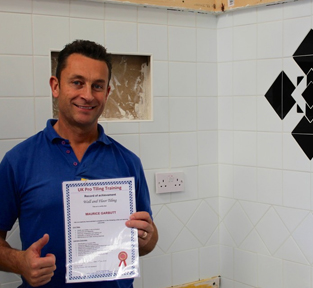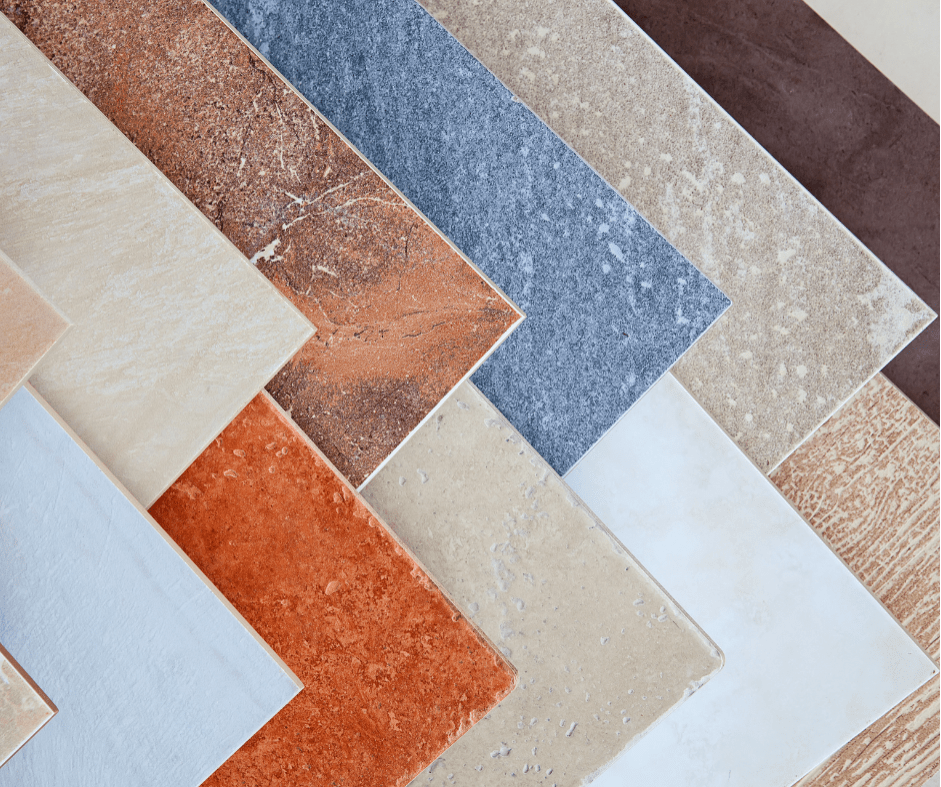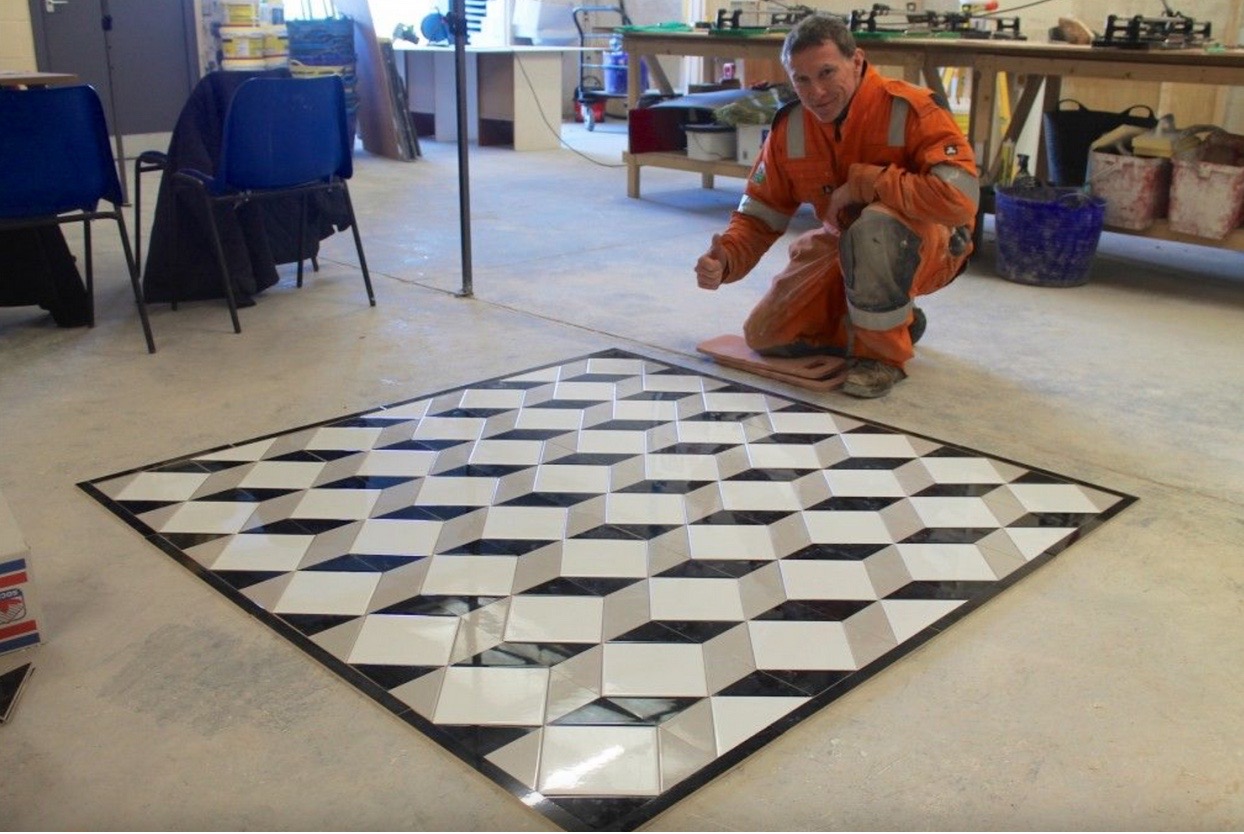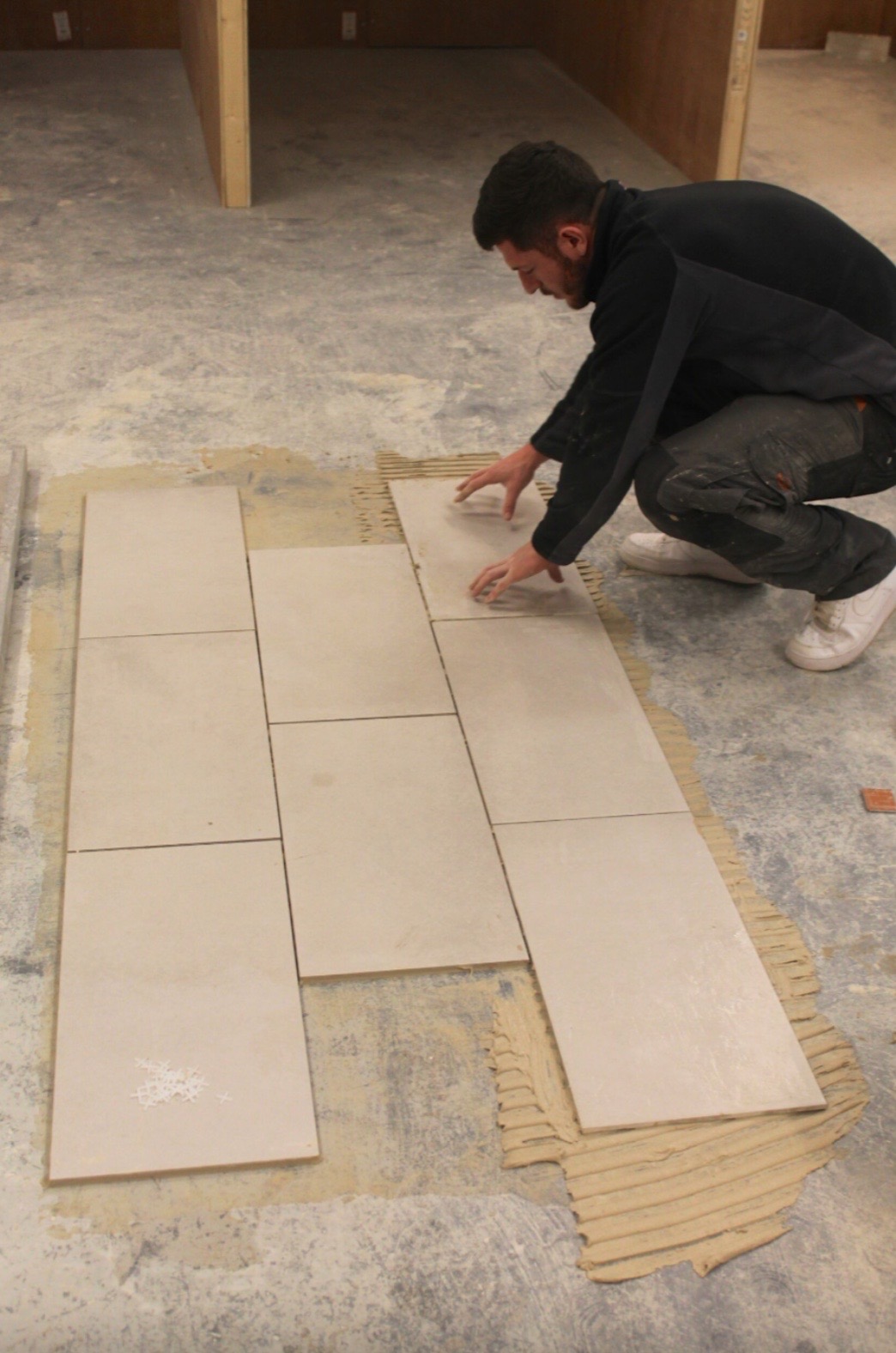Tiling On A Floating Floor
Tiling on a floating floor
A floating floor is a floor that is not a floating attached to a timber joist framework. It is usually a chipboard or moisture resistant board that is tongue and grooved and just lies on top of an acoustic material such as a polystyrene block. Due to the floor boards not being fixed they produce a lot of movement and therefore tiling on this surface need extra attention otherwise failure of the tiles will occur.
Deflection
The biggest problem here when tiling on a floating floor is that the floor will be moving up and down, this is called deflection, a slight spring or bounce can be felt as you walk upon this type of floor.
Lateral movement.
As well as deflection the floor can expand and contract due to the wood surface heating and cooling, this also causes a problem in tiles which causes uncoupling of the tiles resulting in failure.
Flexible Adhesive
Although flexible adhesives and grouts must be used to counteract the movement it is not enough to stop the tiles from coming loose and failing.
Preparation
To stabilise the floating floor, the tongue and groove floor must be strengthened, the use of cement tile backer boards are a good option here, No More Ply or Hardi Backer board is an overlay board that will do the job well.
NO More Ply cement board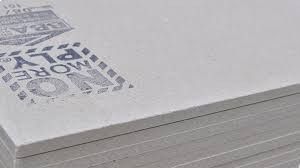
- To install the No More Ply tile cement board,
- First clean the floor
- Apply a bead of Mega Strength glue to the back of the board
- Fix the board to the floor leaving a 2mm joint between each board
- Screw 8 self-drilling 25mm screws into the board securing it to the floor
- Prime the No More Ply
- Tile with flexible tile adhesive and grouts using at least a 12 mm floor trowel creating a 6mm adhesive bed
The cement particle board is a better choice than plywood overlays due to the cement board having no expansion or contraction properties.
A good tiling course will cover all the installation and preparation guides to using tile backer boards.
Uk Pro Tiling Training is a dedicated purpose-built tiling training centre which companies and anybody wishing to retrain as a wall and floor tiler
Please visit www.tiling-courses.co.uk for more information.
